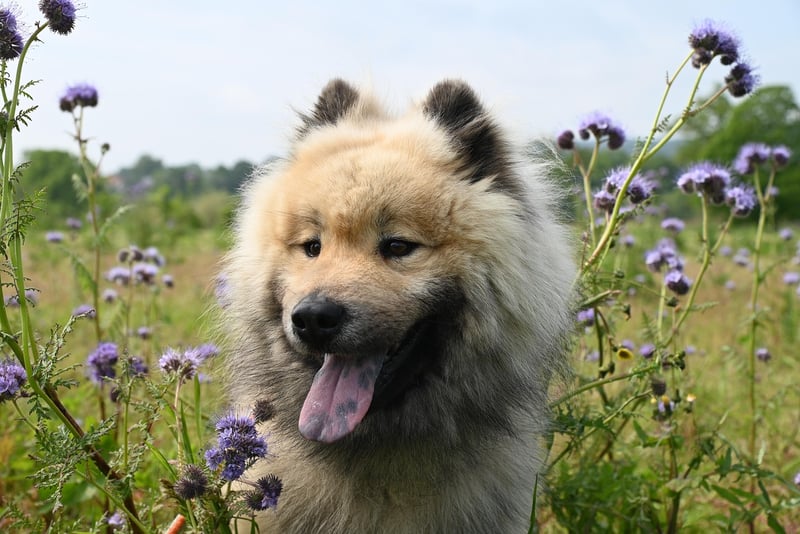Companion Planting
Effective Strategies for Managing Garden Pests Through Companion Planting
Gardening can be a rewarding and enjoyable pastime, but pesky garden pests can quickly turn your lush green paradise into a battleground. Fortunately, there are natural and effective ways to control pests in your garden without resorting to harmful chemicals. One such method is companion planting, a technique that involves growing specific plants together to benefit each other in various ways, including pest control.
What is Companion Planting?
Companion planting is a practice where different plant species are grown near each other to enhance growth, repel pests, attract beneficial insects, and improve crop productivity. By strategically pairing plants based on their unique characteristics, you can create a natural ecosystem that helps control pests and promote plant health.
Plants That Repel Common Garden Pests
Here are some common garden pests and the plants that can help repel them:
- Aphids: Plant marigolds, nasturtiums, or chives to repel aphids.
- Slugs and Snails: Grow lavender, rosemary, or thyme to deter slugs and snails.
- Tomato Hornworm: Plant borage or marigolds near your tomatoes to keep tomato hornworms at bay.
- Cabbage Worms: Grow mint, dill, or thyme to repel cabbage worms.
Companion Planting Combinations
Here are some beneficial companion planting combinations to help you manage garden pests:
- Tomatoes and Basil: Basil repels pests like mosquitoes and flies while enhancing the flavor of tomatoes.
- Cucumbers and Nasturtiums: Nasturtiums attract aphids away from cucumbers, acting as a sacrificial plant.
- Corn, Beans, and Squash: Known as the Three Sisters, this combination provides mutual benefits where beans fix nitrogen for corn, and squash acts as a ground cover to suppress weeds.
Conclusion
By incorporating companion planting techniques in your garden, you can create a natural and harmonious environment that helps manage pests effectively while promoting plant growth and biodiversity. Experiment with different plant combinations to find what works best for your garden and enjoy a thriving and pest-free oasis!
Remember, a healthy garden is a happy garden!

Image Source: Pixabay
